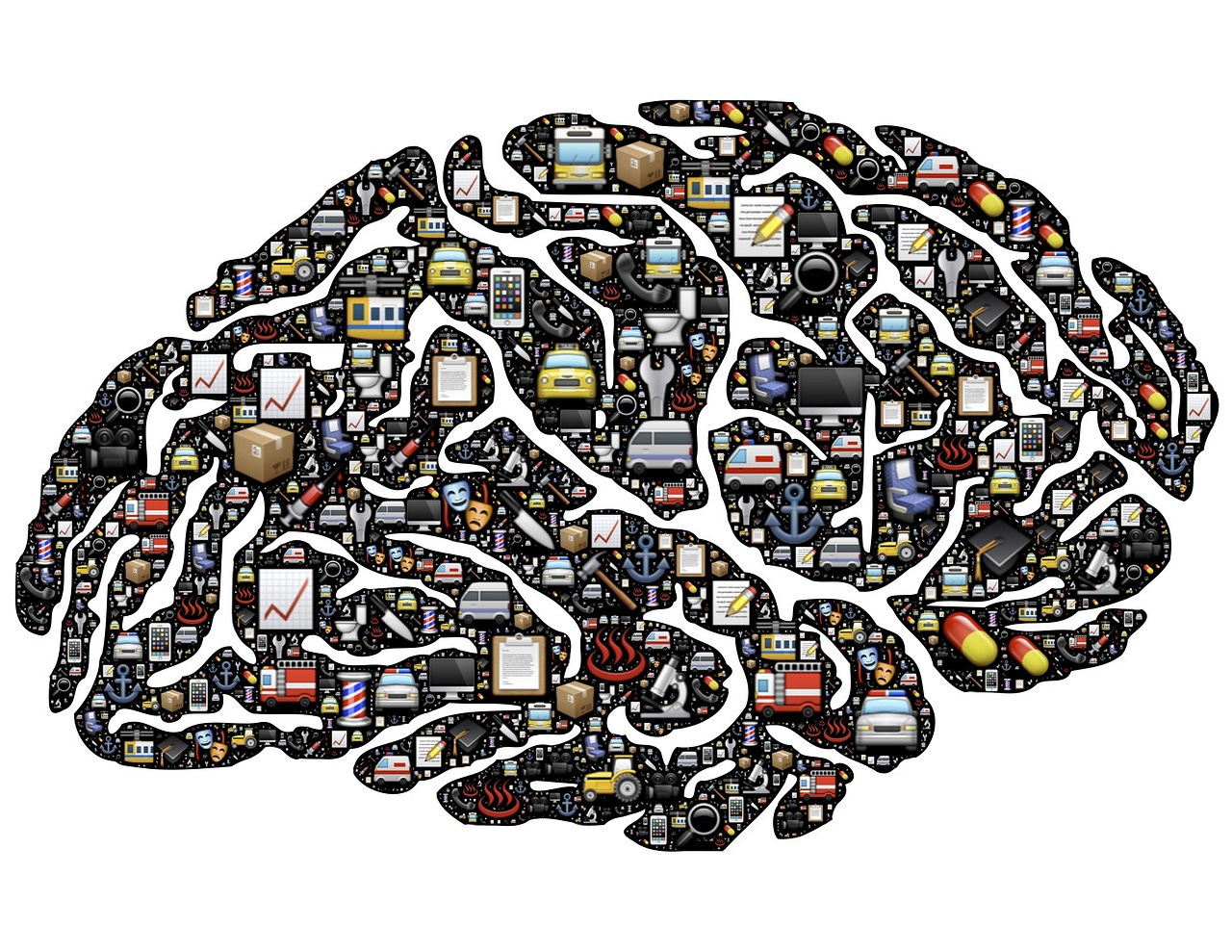Plan & design with the brain in mind
Architects, planners, engineers need to understand psychology & neuroscience if they're ever going to create healthy environments.
The minds who design things around us don’t understand minds.
The built environment—the spaces around us that are constructed by humans—has a significant impact on our mental wellbeing. The way buildings and streets are designed can influence our emotions and our behavior.
It's crucial for architects, city planners, urban designers, traffic engineers, and anyone involved in shaping the built environment to understand the relationship between our minds and the spaces we inhabit. Psychology should be embedded into every one of these major fields of study. And the training should continue throughout a professional’s career as part of AIA, AICP, and PE requirements. We don’t know what we don’t know.
"In the design world, we have to stop thinking of our brains as a blank slate that we can shape however we please. Instead, we have to recognize that the brain is already shaped by the environment, and we have to work with that existing structure if we want our designs to be successful." —Ann Sussman
Designing buildings and streets with natural elements like greenery can have a calming effect on people, reducing stress and anxiety levels. Incorporating playful elements into the design can promote feelings of joy and curiosity. Poorly designed spaces feel cramped, cluttered, or don’t have much natural light, and they bring feelings of discomfort and even depression.
Our brains are hardwired to react to buildings and spaces based on their visual characteristics. We respond positively to buildings with symmetry, proportionality, and patterns. These elements of design make buildings and spaces more aesthetically pleasing and easier for our brains to process. Buildings with irregular shapes or asymmetrical features can actually trigger the same parts of the brain that process threats and danger. It stirs feelings of discomfort and even fear.
You see this demonstrated on social media all the time. Pictures of lovely old buildings and plazas get tons of engagement, especially when captioned with a pleasant recap of the experience. Pictures of hostile pedestrian environments (*cough* my Twitter feed *cough*) get tons of engagement, especially when captioned with a reminder that experts were responsible for the horrifying experience. In any case, we respond quickly and emotionally to our surroundings, a fact that isn’t taught to the people who most need to know it.
Keep reading with a 7-day free trial
Subscribe to Urbanism Speakeasy with Andy Boenau to keep reading this post and get 7 days of free access to the full post archives.


